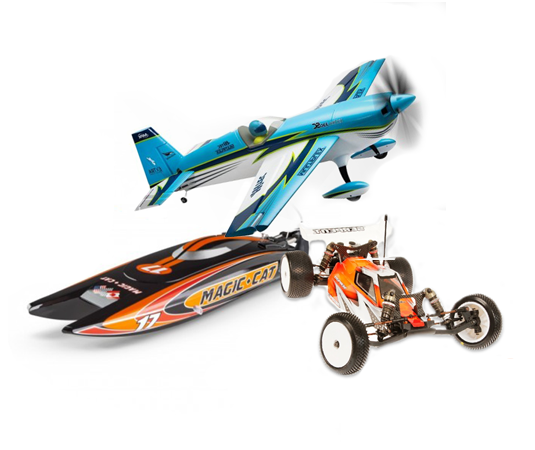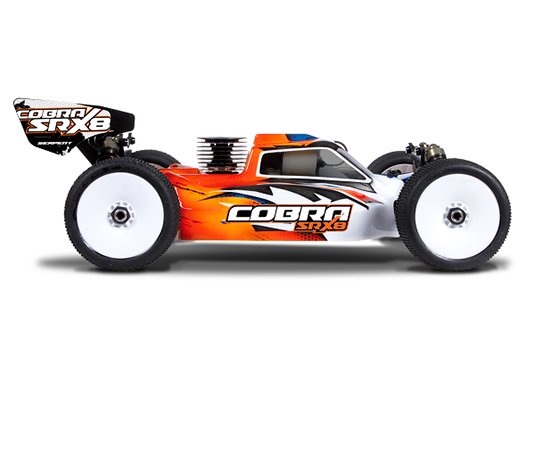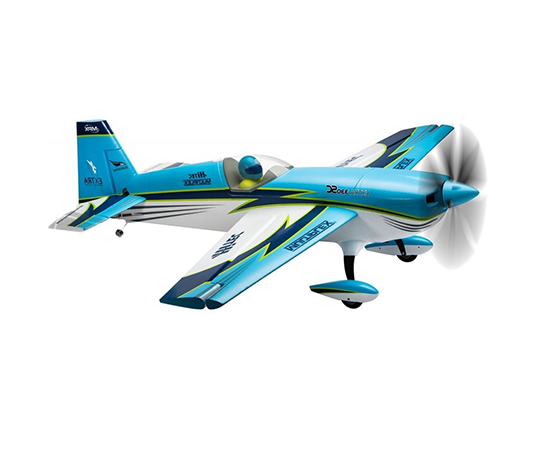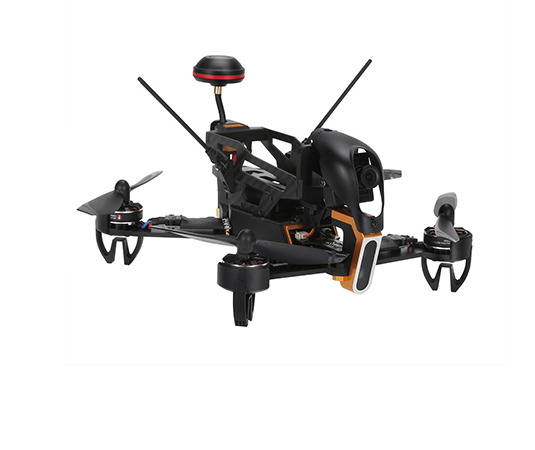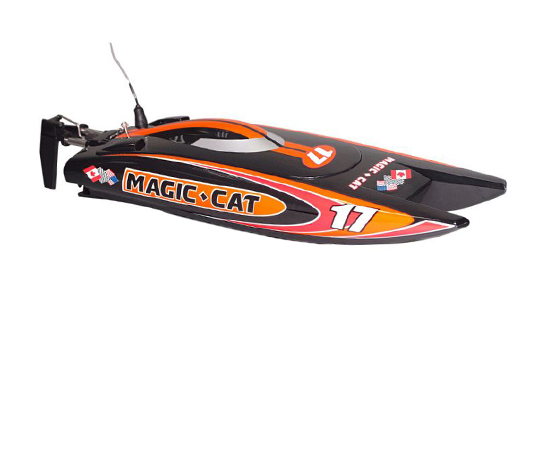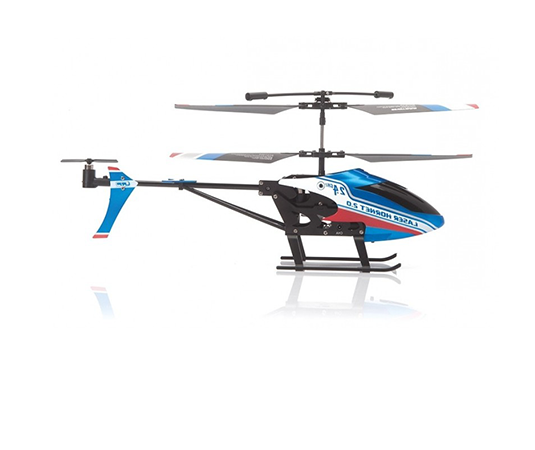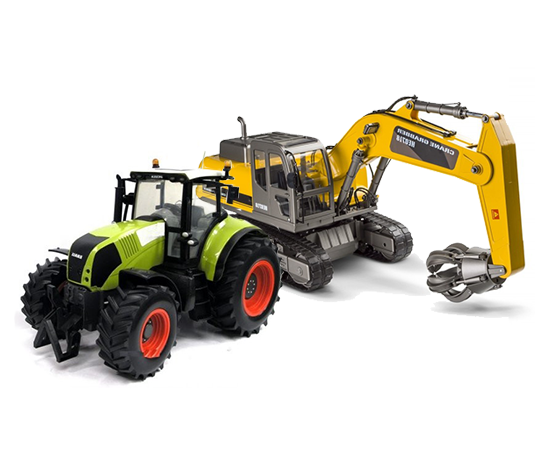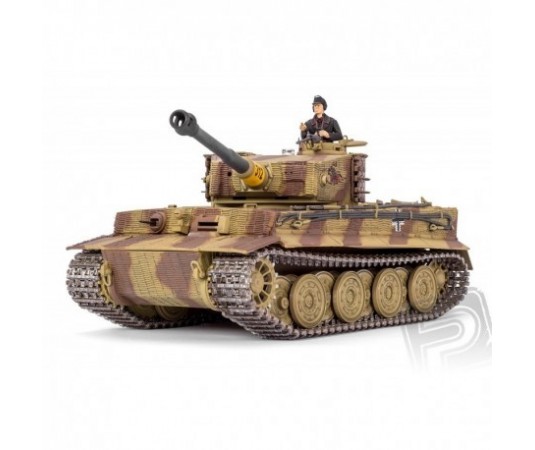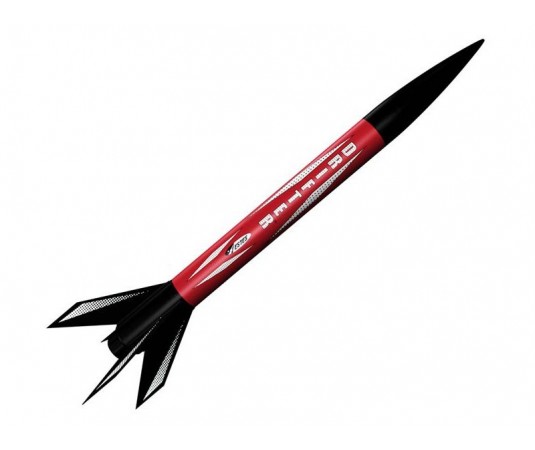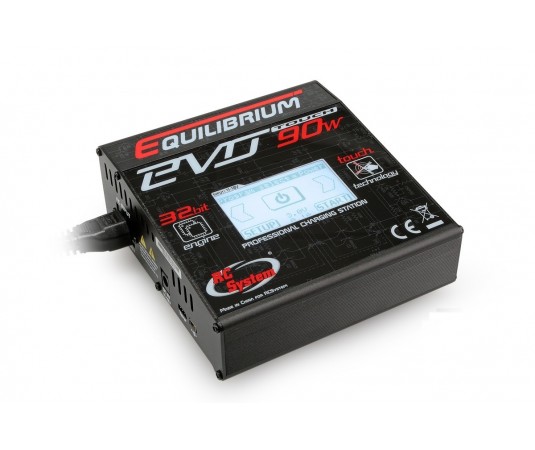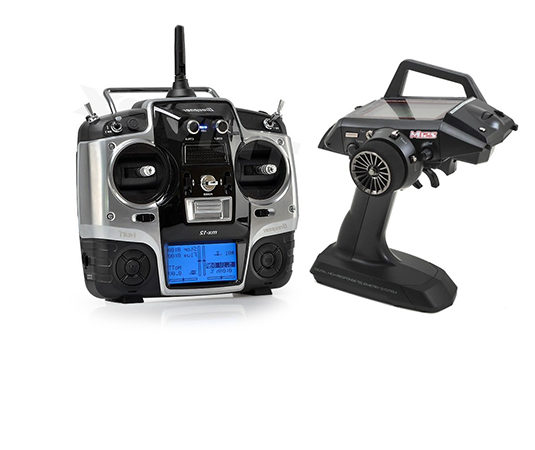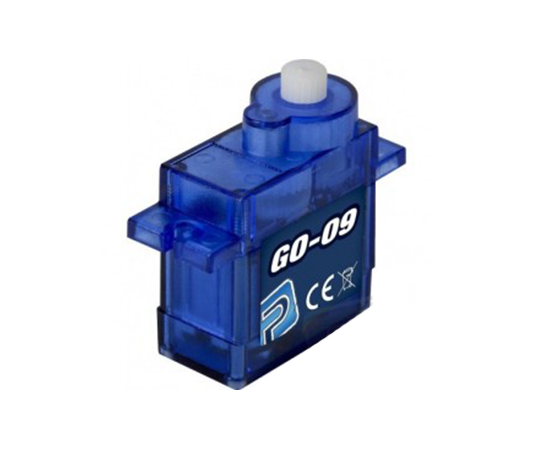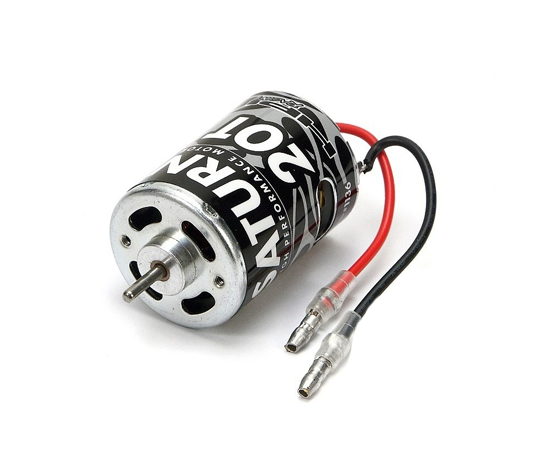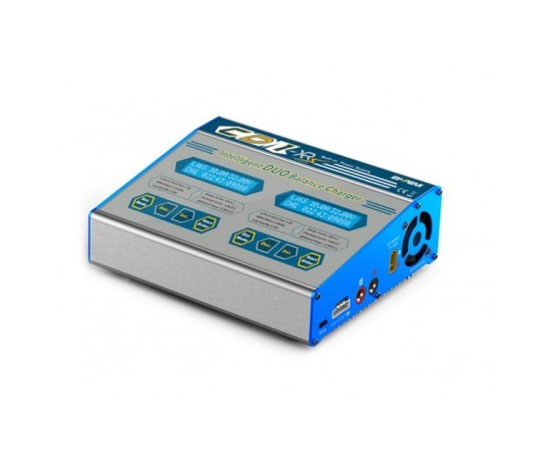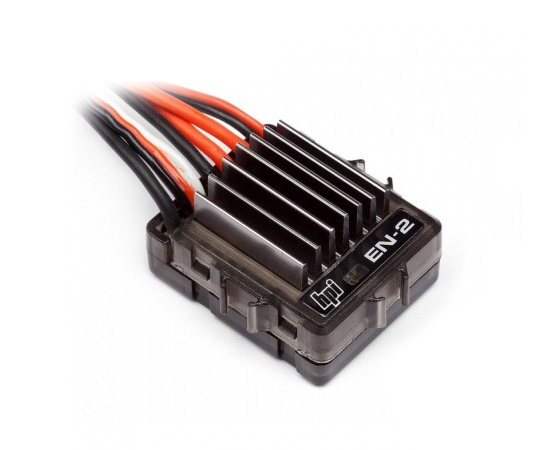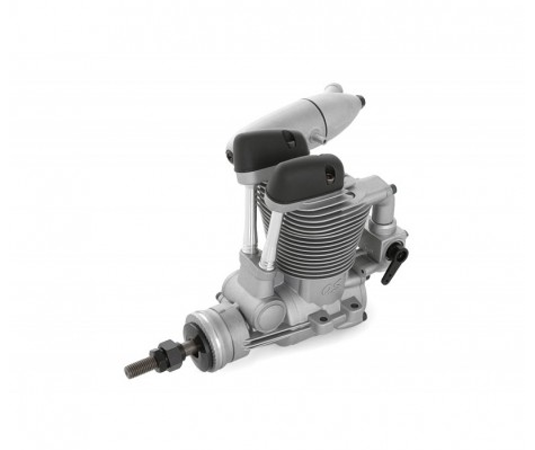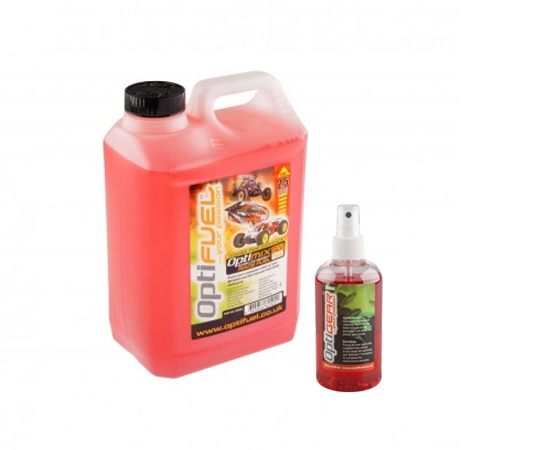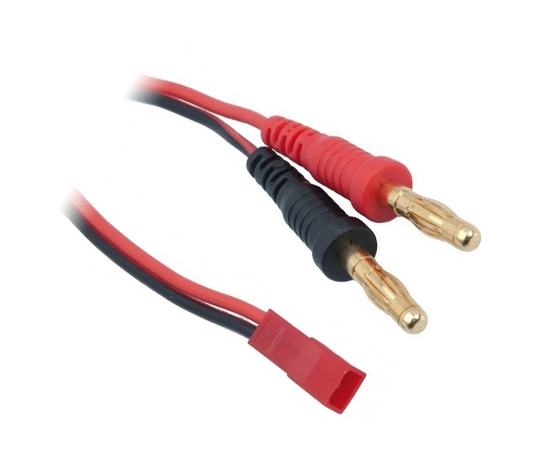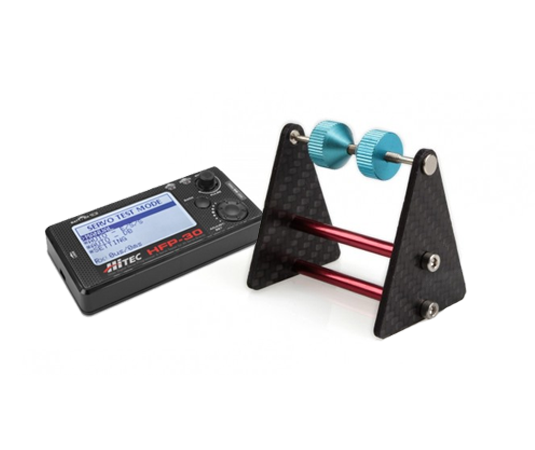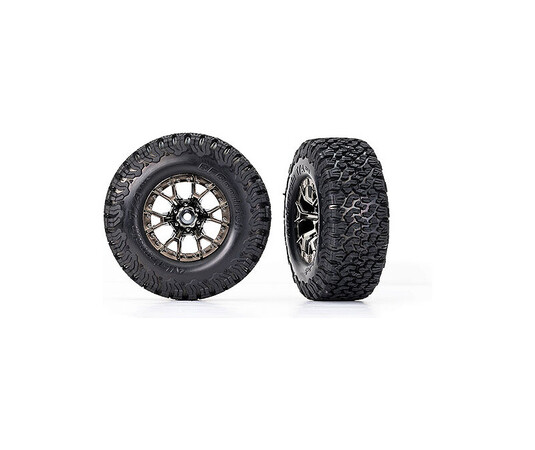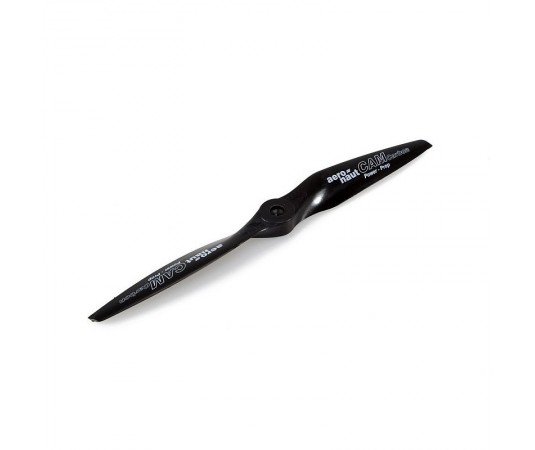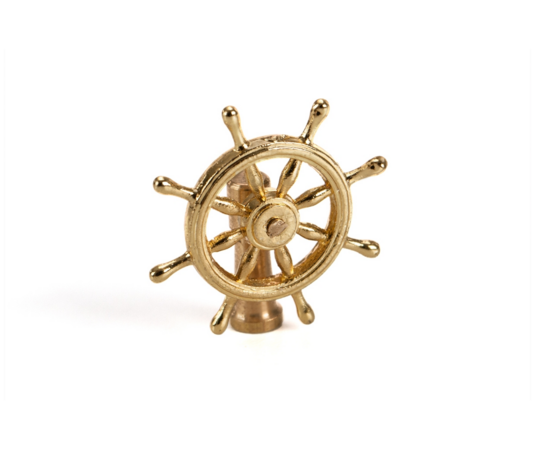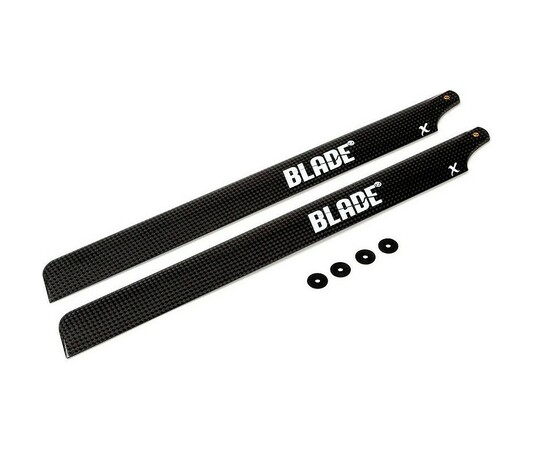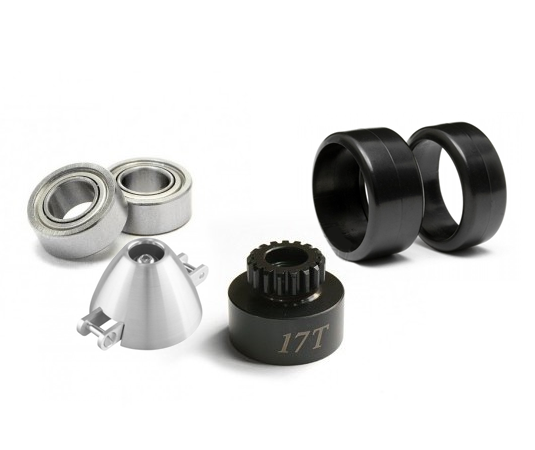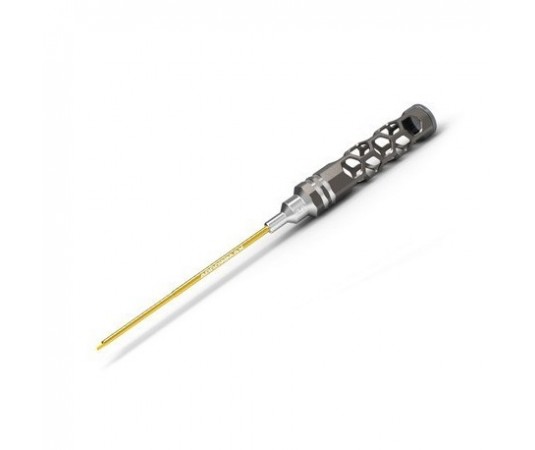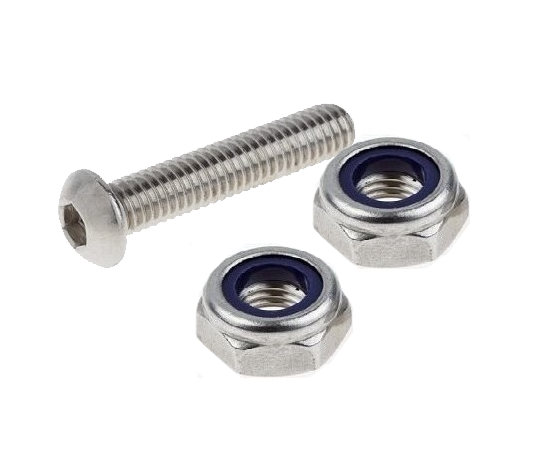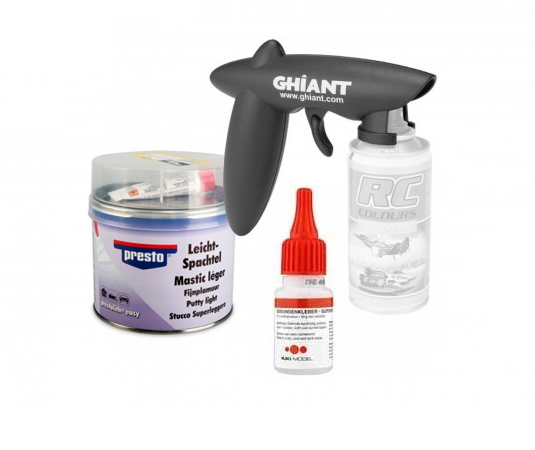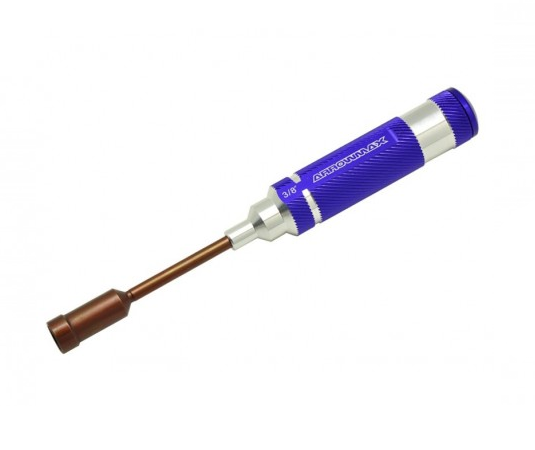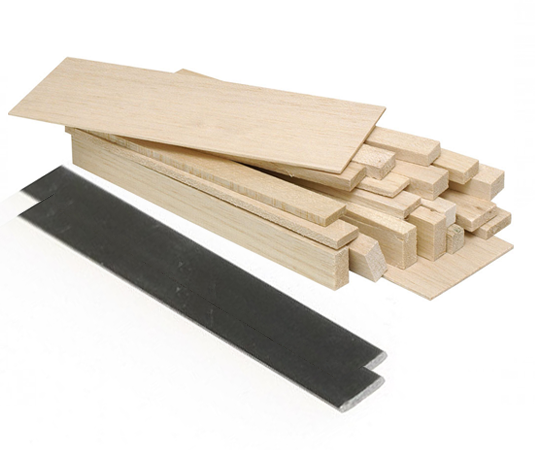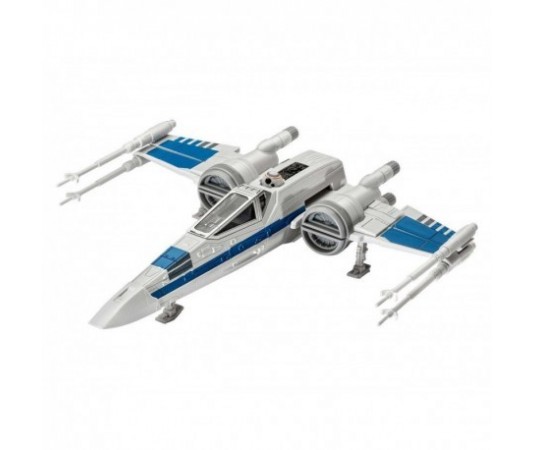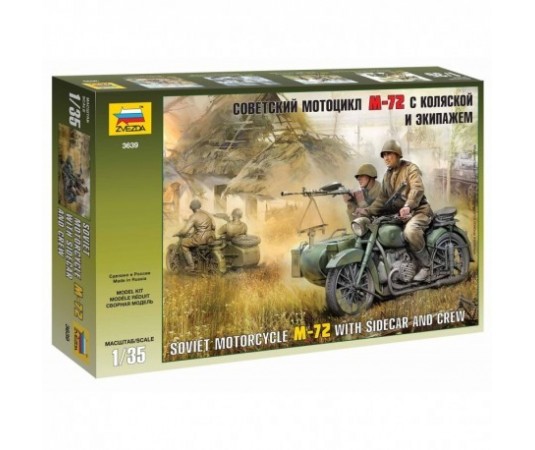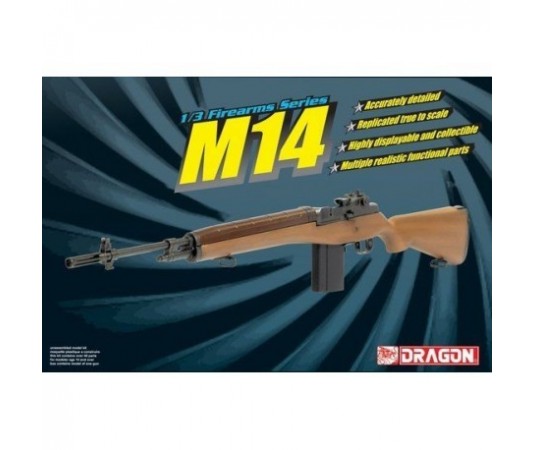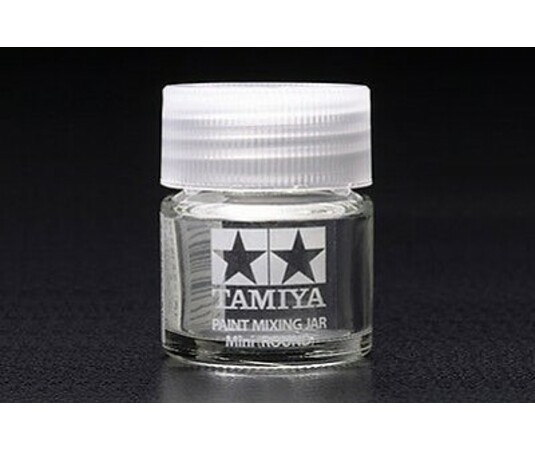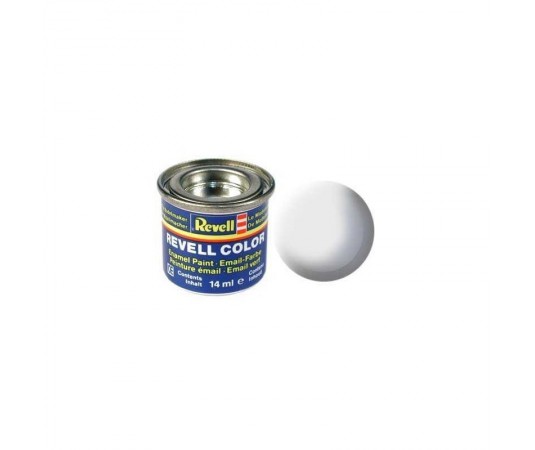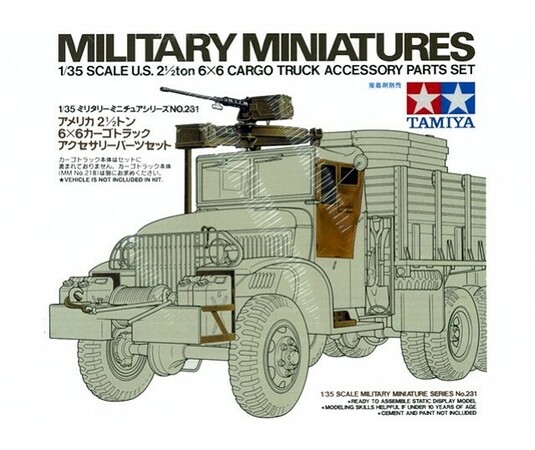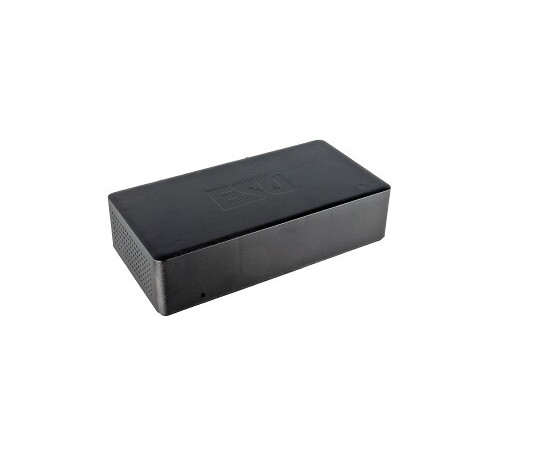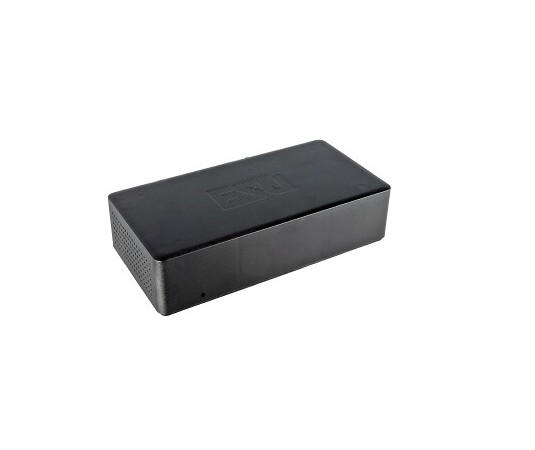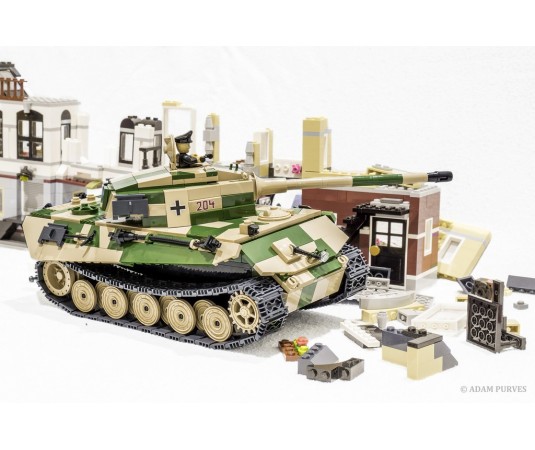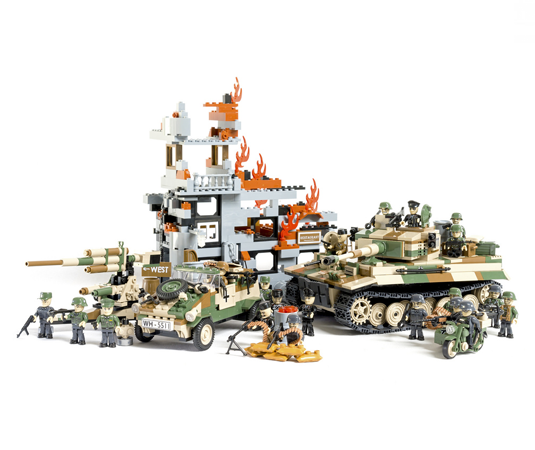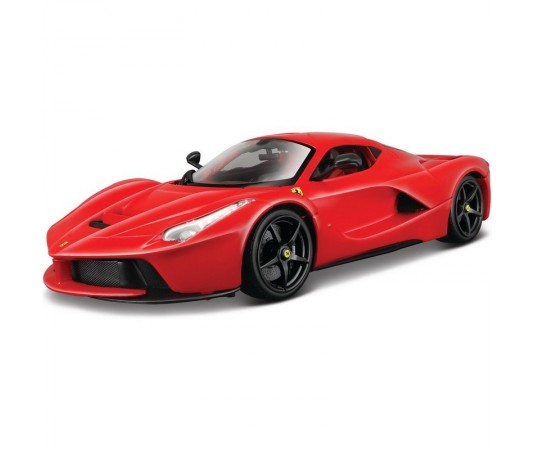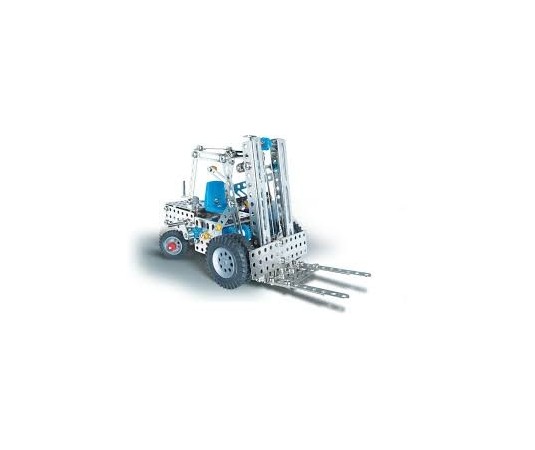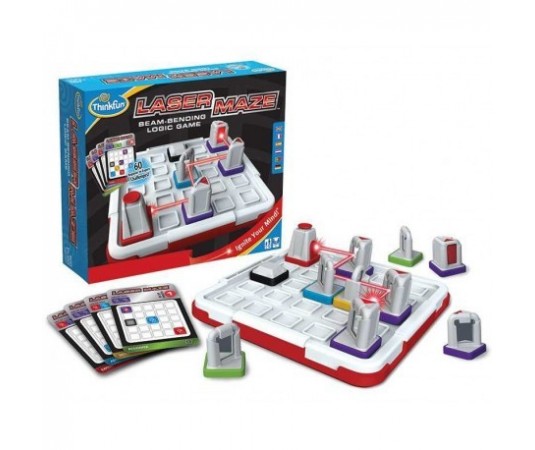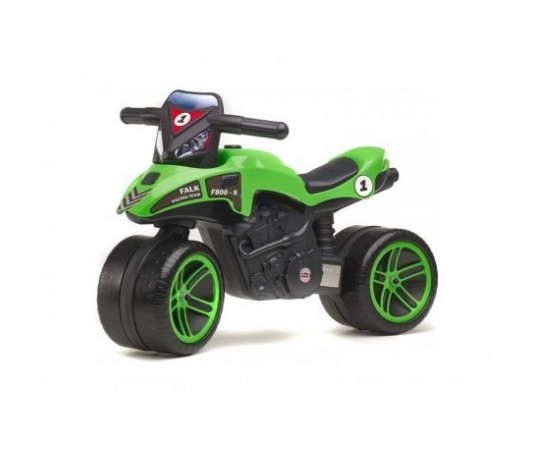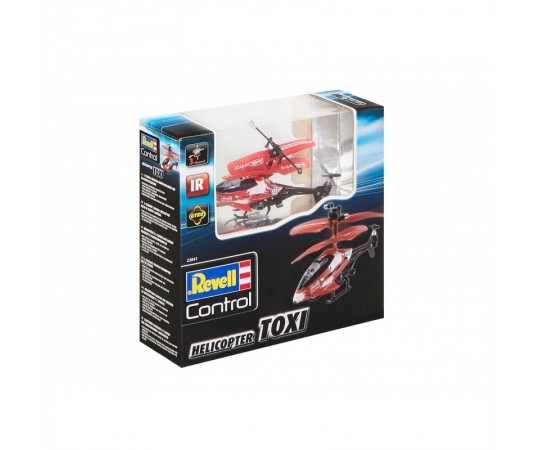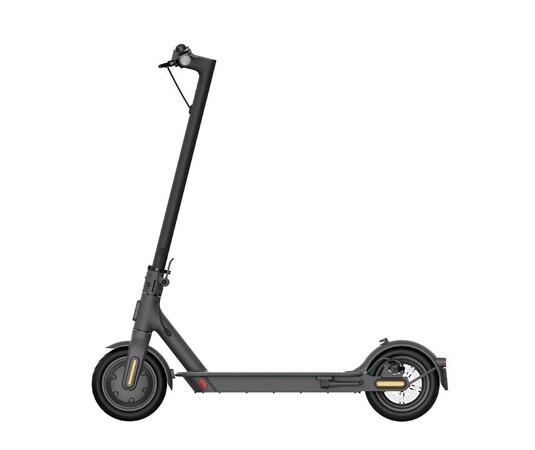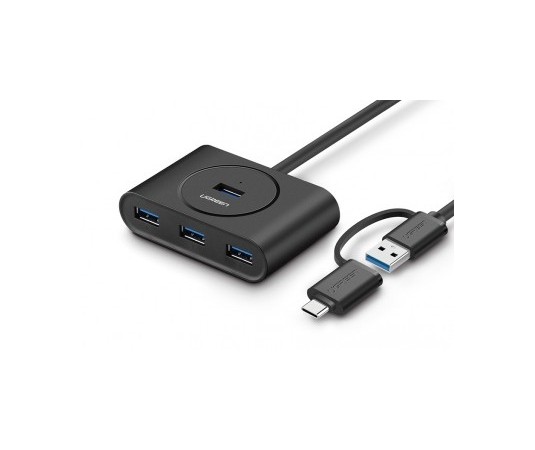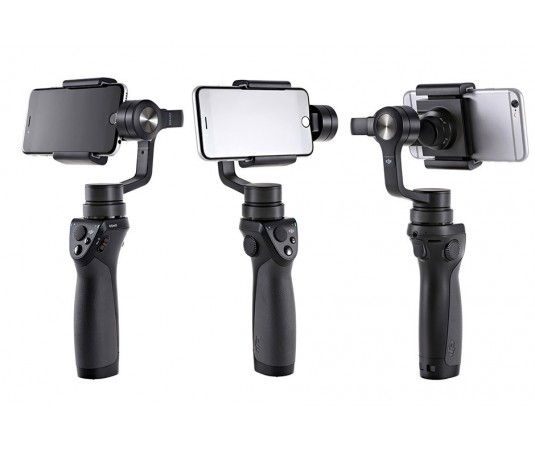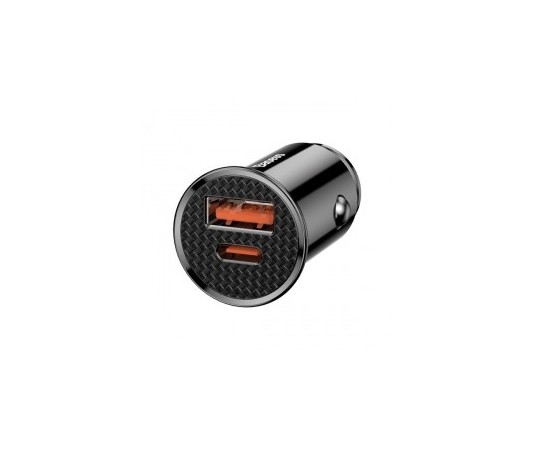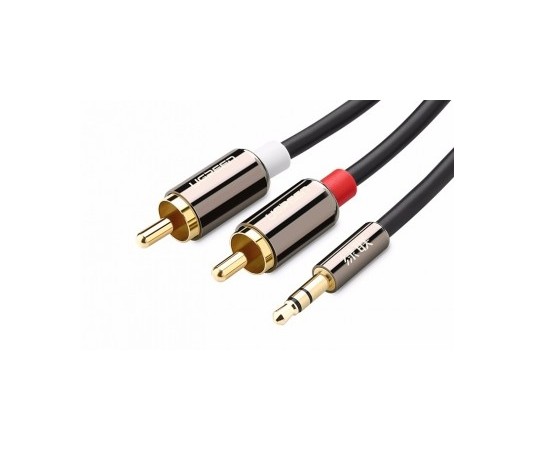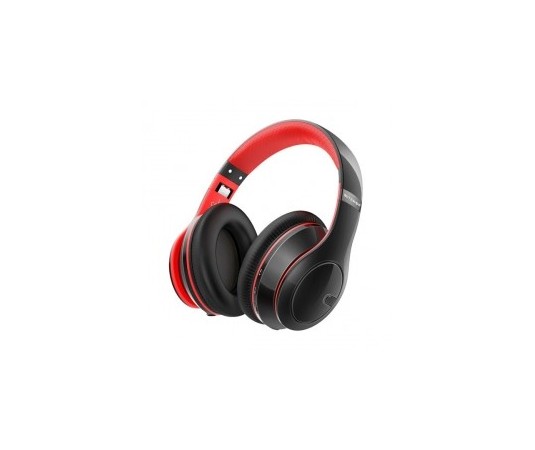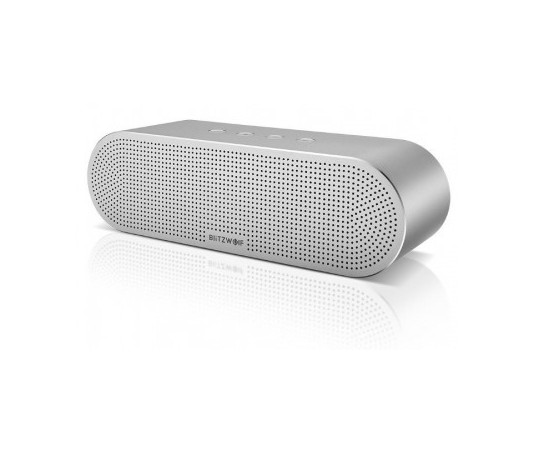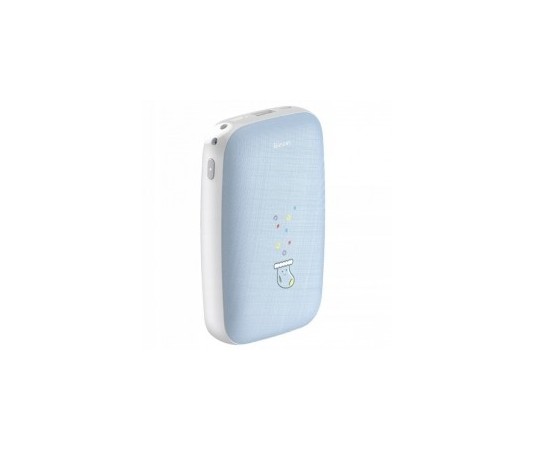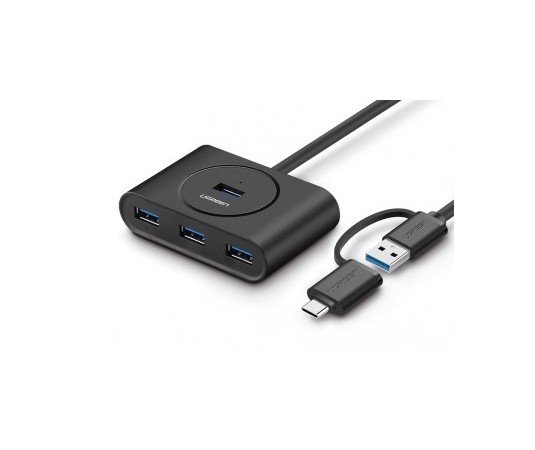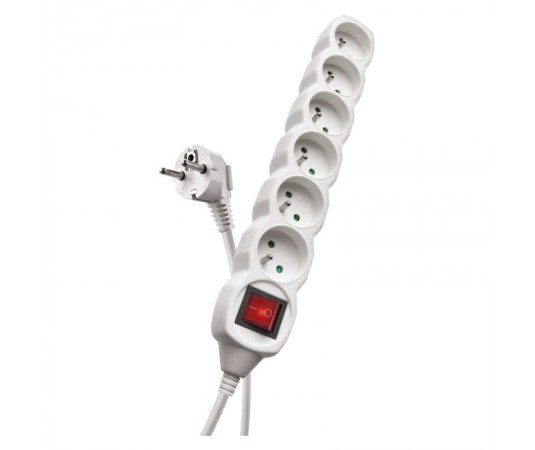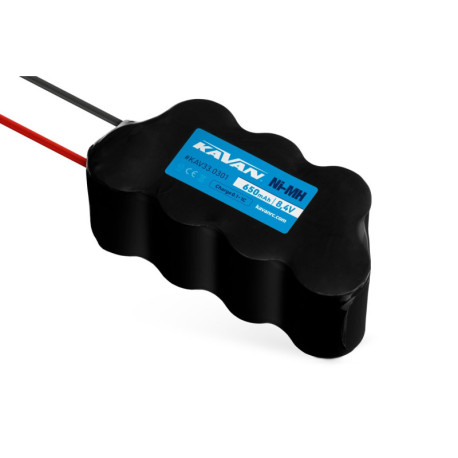KAVAN NiMH 650mAh/8.4V - cube

Express delivery

Large selection of carriers

Satisfaction guarantee
NiMH sets of the KAVAN Standard series are composed of nickel metal hydride accumulators allowing fast charging and discharging. The receiver sets are supplied with a power/charge cable with a standard JR/UNI connector, the drive sets are supplied without connectors. They are intended for driving or powering the on-board electronics of smaller RC models of all kinds.
BATTERY INSTALLATION
Protect the battery from vibrations and other impacts and shocks that may occur during the operation of RC models (receiver - by wrapping it in foam rubber or similar material). Fix it, for example, with Velcro or zip ties so that it cannot come loose in flight, in an easily accessible place on the model, where it will be protected from the ingress of fuel, exhaust fumes and other operating fluids or water.
BATTERY USE
Accumulators are intended for driving small RC models or powering the on-board electronics of smaller RC models that do not require a higher current load. A typical application is a connection containing a receiver and 3-4 servos of standard size (thrust approx. 3-4 kg.cm) or smaller for sets of 1050 mAh batteries, or 2-4 micro- or picoservos for sets of 350 and 650 mAh batteries. If your on-board electronics contain a higher number of servos or servos of a larger size or with a higher thrust, please use batteries with a higher current capacity. Otherwise, the accumulators might not be able to cover possible current peaks, and their voltage drop during excessive load could cause the receiver to fail with the risk of the model crashing.
CHARGING THE BATTERY
Fully charge the battery before first use. We recommend charging the receiver accumulators slowly "overnight", currents at the level of 0.1C - i.e. e.g. 100 mA for a 1050 mAh accumulator. In this case, the batteries can be safely charged without removing them from the model. If for some reason you insist on faster charging, always remove the batteries from the charging model. Due to the current carrying capacity of the connector, cable and batteries, we do not recommend using a charging current higher than 0.5C. Do not charge the drive accumulators with a current greater than 1C. The battery temperature during charging should not exceed 40°C (the battery is warm to the touch, not hot).
BATTERY FORMING
For optimal commissioning of a new accumulator, we recommend performing an initial formation consisting of 3-5 cycles including slow charging with a current of 0.1-0.2C and discharging with a current of max. 1C. The size of the charged charge is not very important, the value of the discharged charge is decisive - stop forming as soon as the size of the discharged charge practically does not change (individual values are in the range of approx. 5-10%). We recommend carrying out the same procedure after long-term (in the order of months) storage of accumulators out of operation.
BATTERY DISCHARGE
If you use slow charging "overnight" currents at the level of 0.1-0.2C, there is no need to discharge the batteries before each charge. However, we recommend fully discharging the batteries every 3 months (to 1.0V per cell, i.e. 4.0V for a four-cell set) and then fully charging them again to keep them in optimal condition.
If you use faster charging, we recommend fully discharging the batteries first (to 1.0 V per cell, i.e. 4.0 V for a four-cell pack) before charging. If the batteries become warm during discharge, allow them to cool down to ambient temperature before charging. During operation, the accumulators should not heat up to more than approx. 60°C (the accumulator is hot to the touch, but it is still possible to hold it in the hand). If this happens, you should change the operating conditions of the accumulator (reduce current consumption) or use accumulators with a higher current capacity.
BATTERY STORAGE
NiMH batteries are stored fully charged. If you know that you will not be using the batteries for more than 3-4 weeks, fully charge them and store them in a dry place with normal room temperature. For long-term non-operational storage, we recommend fully discharging the batteries every 3 months (to 1.0 V per cell) and then fully charging them again. Please remember that the battery's ability to maintain a charged electric charge depends greatly on the temperature at which it is stored. While at room temperature a properly operated accumulator will still have approx. 60-70% charge after 1 month, at a temperature of 40°C it may be only 20-30%.
| Capacity [mAh] | 650 |
| Voltage [V] | 8.4 |
| Charging current [mA] | 650 |
| Max. charging current [mA] | 650 |
| Max. discharge current [A] | 6.5 |
| Low self-discharge | No |
| Length [mm] | 57 |
| Width [mm] | 30 |
| Height [mm] | 29 |
| Weight including cable [g] | 108 |


